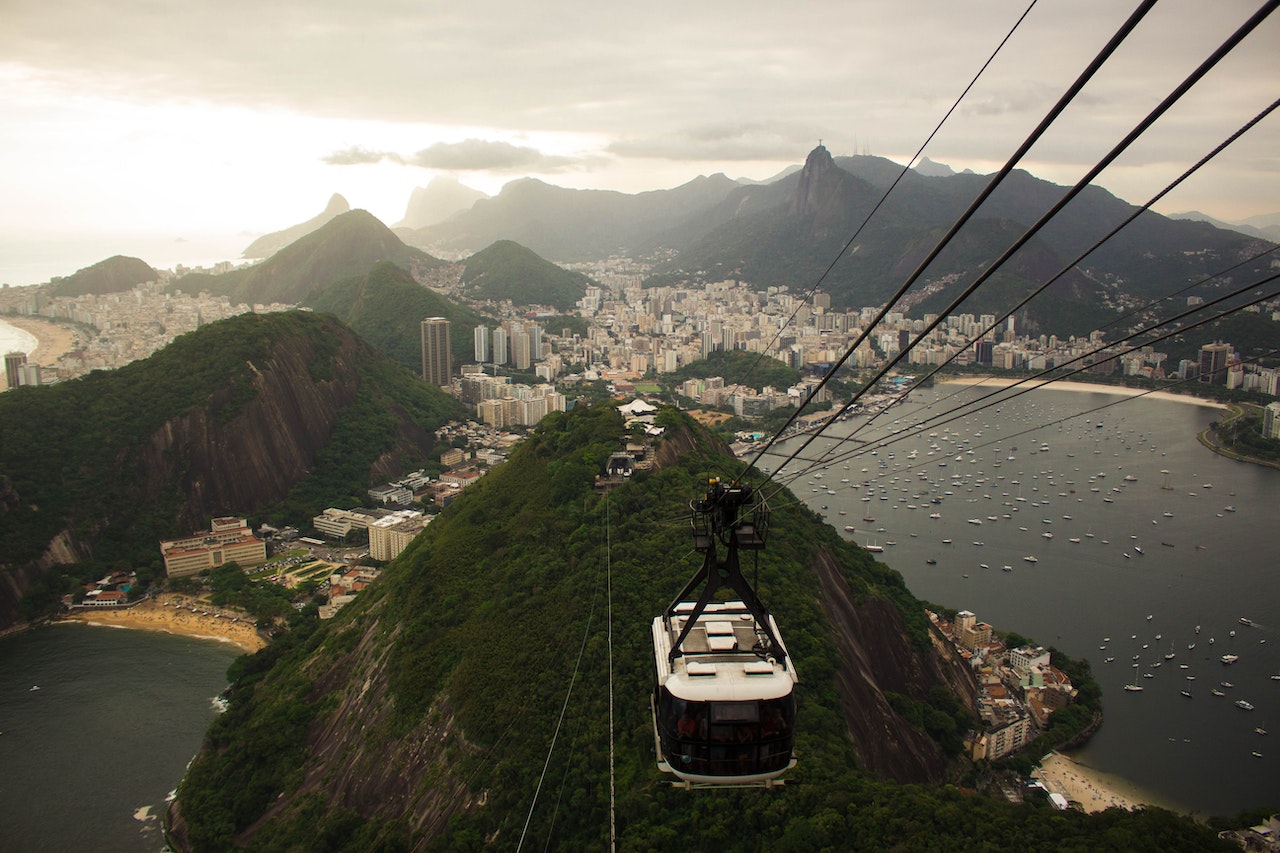Rio de Janeiro, often simply called Rio, is a city that conjures up images of vibrant carnivals, stunning beaches, and rhythmic samba music. While it’s true that Rio is famous for its beauty and culture, it’s also known for its complex safety issues, particularly after dark. This article will explore whether Rio De Janeiro is safe at night and provide tips and insights for travelers looking to enjoy this marvelous city responsibly.
1. The Importance Of Staying In Populated, Well-Lit Areas
For any traveler exploring Rio De Janeiro, it’s essential to exercise caution, especially during the nighttime. One of the key principles of staying safe in the city is to remain in populated, well-lit areas, particularly after dark. Doing so significantly reduces the risk of encountering potential dangers.
2. Taking Precautions When Walking At Night In Rio
Walking in Rio at night can be a captivating experience, with the city’s stunning sights beautifully illuminated. However, it’s crucial to take precautions when doing so. Travelers are advised to walk with a group and stick to well-trafficked, well-lit areas. This not only enhances personal safety but also allows you to soak in the city’s charm without unnecessary risks.
3. The Beaches: Best Avoided At Night
Rio De Janeiro is renowned for its picturesque beaches, including Copacabana and Ipanema. While these beaches are idyllic during the day, they are best avoided at night. The beach areas can become less secure after dark, making them potential hotspots for theft and other security concerns. It’s advisable to enjoy the beaches during daylight hours and seek alternative entertainment options in the evening.
4. The Safest Areas In Rio De Janeiro: Copacabana
When it comes to choosing a safe area to stay in Rio De Janeiro, Copacabana often tops the list. This iconic neighborhood is known for its stunning beach, bustling nightlife, and a generally higher level of security. It’s a popular choice for tourists, and its well-established infrastructure and increased police presence contribute to its reputation as a safe haven for travelers.
5. The Safest Way To Travel Around Rio: Metro Rio
Navigating Rio De Janeiro safely is crucial for an enjoyable visit. The city’s metro system, known as Metro Rio, is widely regarded as one of the safest modes of transportation for tourists. It offers a reliable and efficient way to explore various parts of the city, and it’s generally secure even during the evening hours. Using the metro can help you avoid the uncertainties of nighttime traffic and minimize exposure to potential risks.
6. Is Rio Safe For Solo Female Travelers?
Rio De Janeiro is a large city and can be dangerous at night, particularly for solo female travelers. While Rio has made efforts to improve safety, it’s essential for women traveling alone to exercise additional caution. This includes avoiding empty streets and spaces, especially after dark, and always having a reliable means of transportation arranged in advance.
7. Is Rio Safe For Students?
Many students are drawn to Rio De Janeiro for its vibrant culture and academic opportunities. While the city has much to offer, it’s important to consider safety when studying in Rio. According to the Global Peace Index, which measures safety and security in different cities around the world, Rio De Janeiro has a score of 22.13, indicating a moderate level of safety concerns. This underscores the need for students to be vigilant and take appropriate precautions, especially when exploring the city at night.
8. The Main Problem In Rio: Environmental Challenges
While safety concerns are crucial, it’s also worth noting some of the city’s other challenges. One significant issue facing Rio De Janeiro is environmental degradation, primarily related to untreated sewage and industrial pollutants like zinc that enter coastal lagoons and destroy forests and fish alike. This problem poses environmental risks and can indirectly affect the safety and well-being of residents and visitors alike. Efforts to address these environmental challenges are ongoing but remain a significant concern.
9. Why Is Rio So Famous?
Despite its challenges, Rio De Janeiro remains one of the world’s most famous cities, known for several cultural highlights. It is most renowned for its Carnival, a vibrant and exhilarating celebration that draws millions of visitors every year. Additionally, Rio is famous for samba, a musical genre that captures the city’s lively spirit, as well as bossa nova, a genre that combines samba rhythms with a more relaxed and melodic style. Beyond music and festivals, Rio is also celebrated for its balneário beaches, which provide a stunning backdrop to the city’s unique way of life.
In conclusion, Rio De Janeiro is a city of incredible beauty and cultural richness. While it offers unforgettable experiences, it’s essential for travelers to be aware of safety concerns, particularly at night. Staying in populated, well-lit areas, taking precautions when walking at night, and avoiding deserted beaches are key principles for a secure visit. Copacabana is often recommended as one of the safest areas to stay, and the Metro Rio system provides a reliable means of transportation. Solo female travelers and students should exercise additional caution, and everyone should be mindful of the city’s environmental challenges. Despite these concerns, Rio’s fame as a cultural hub and its vibrant atmosphere continue to captivate travelers from around the world.

